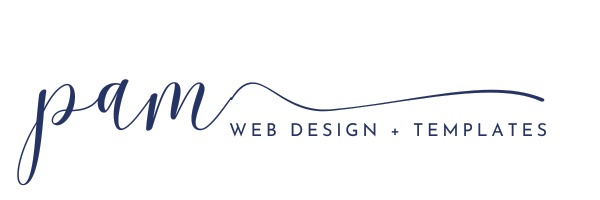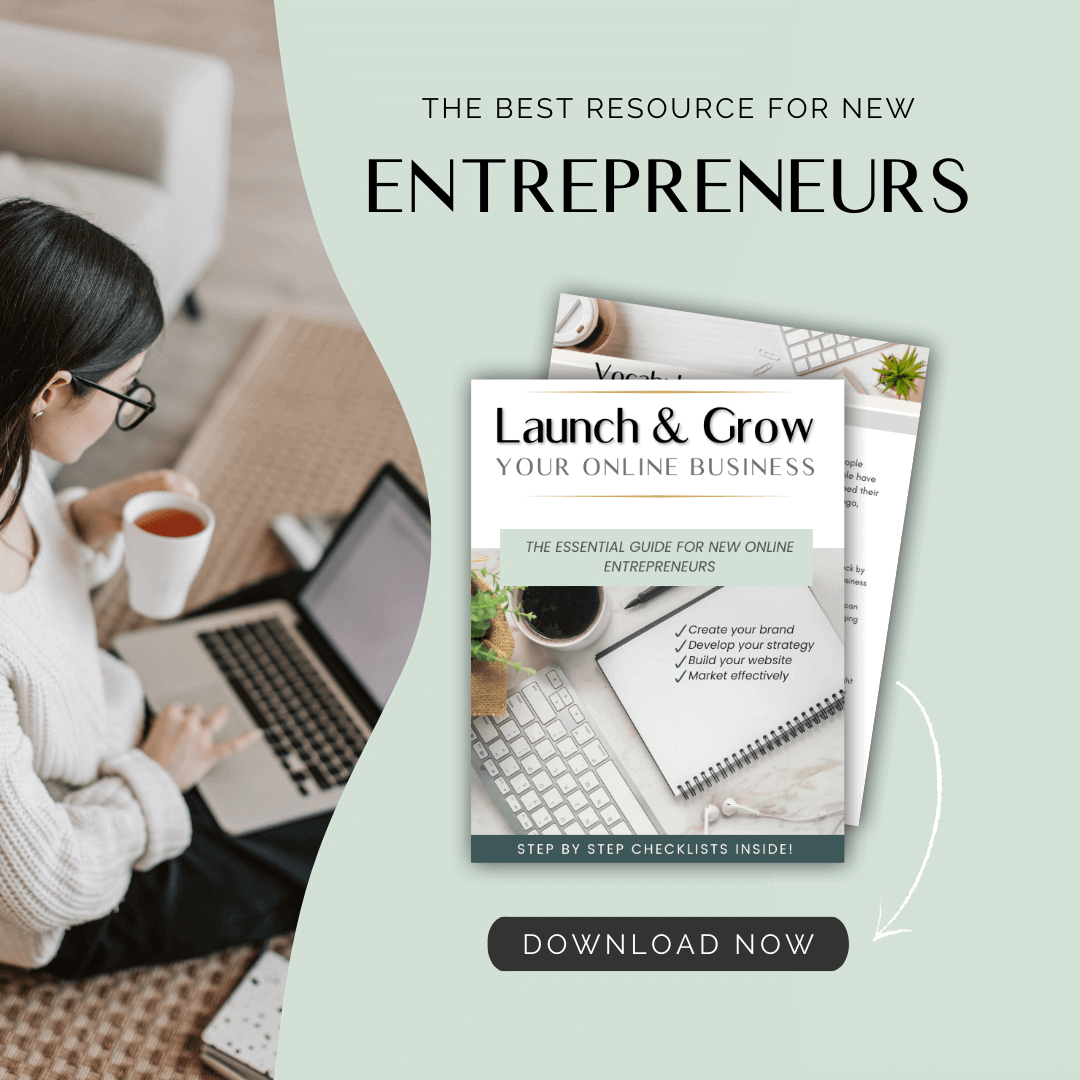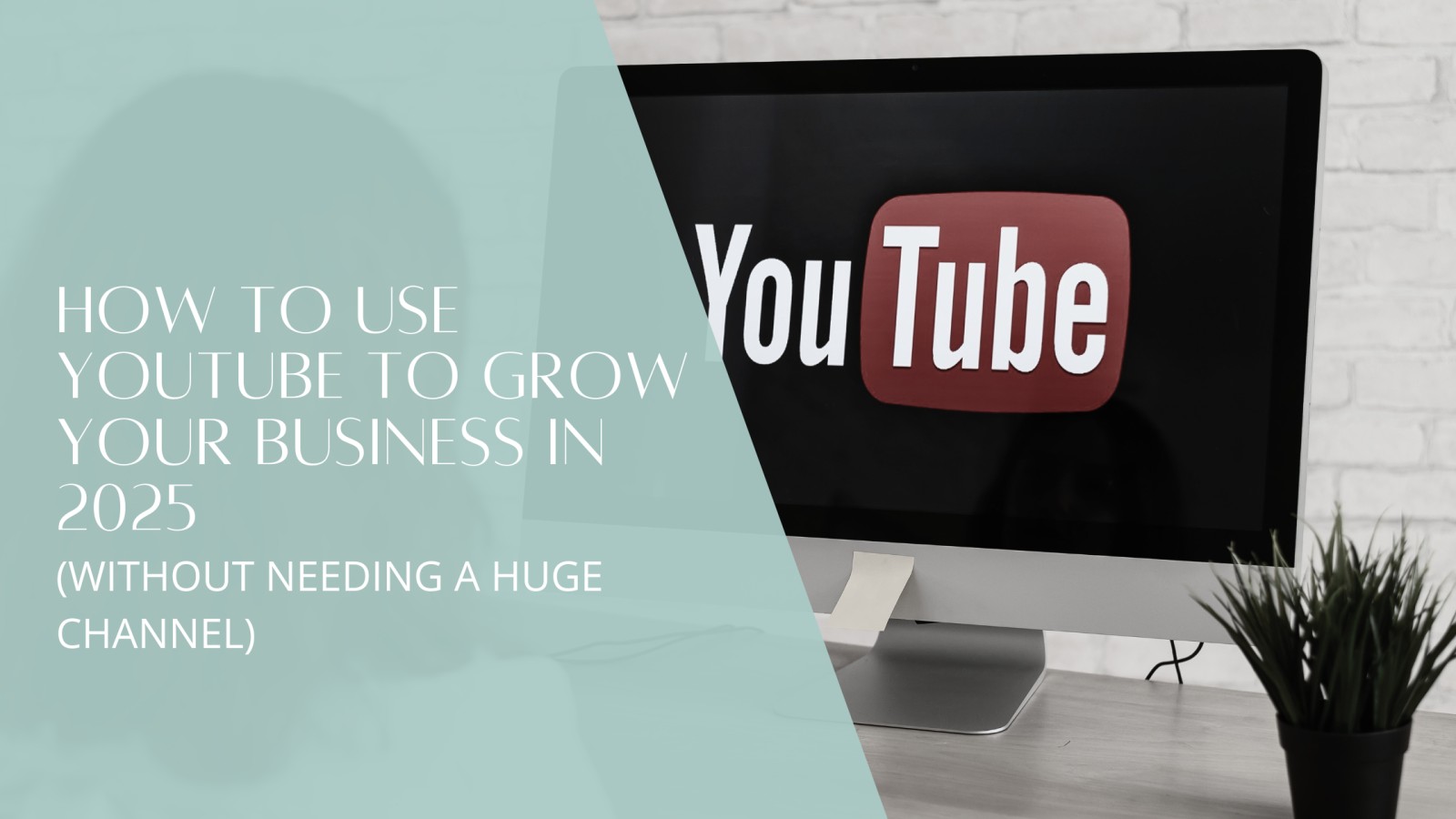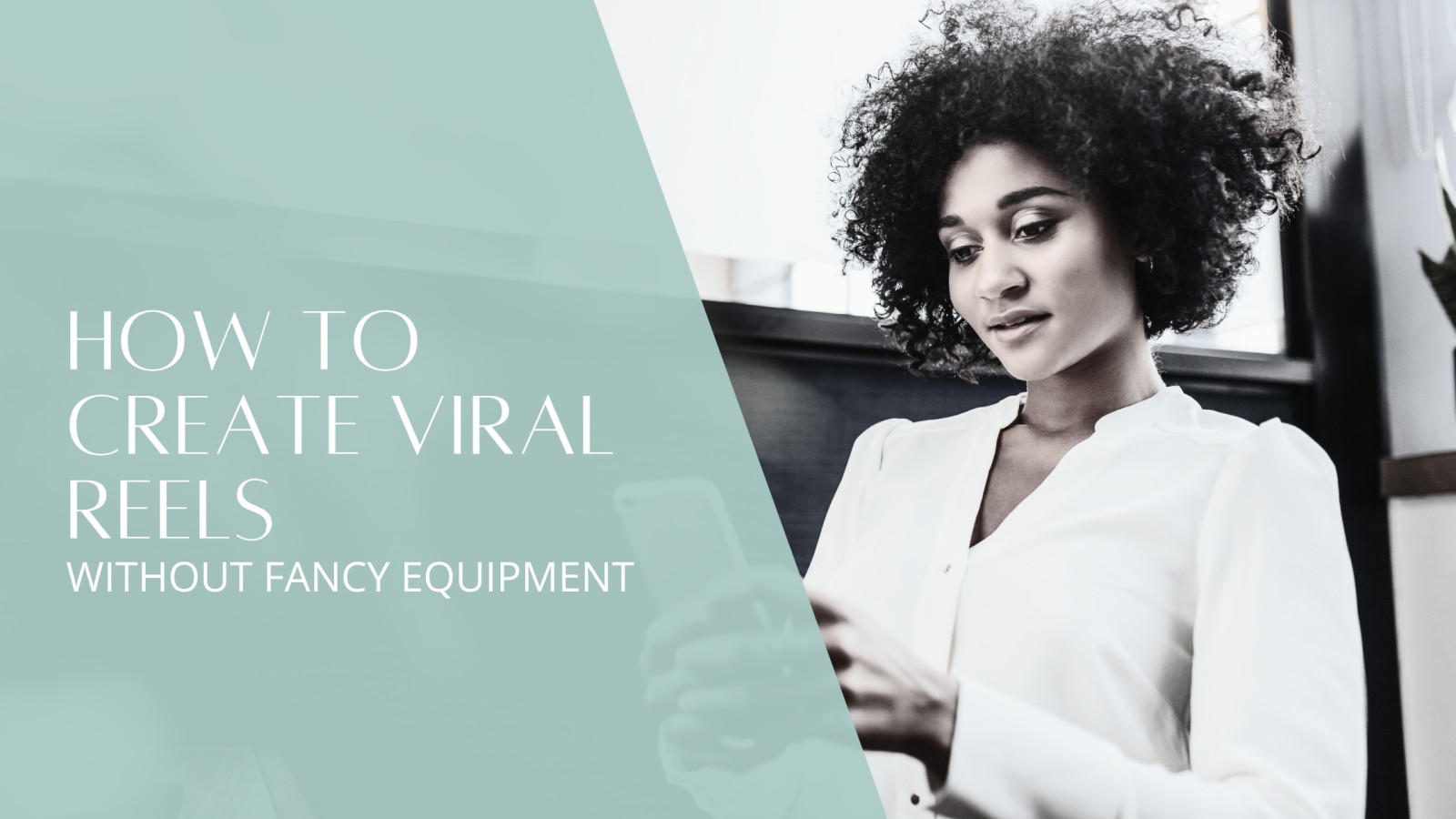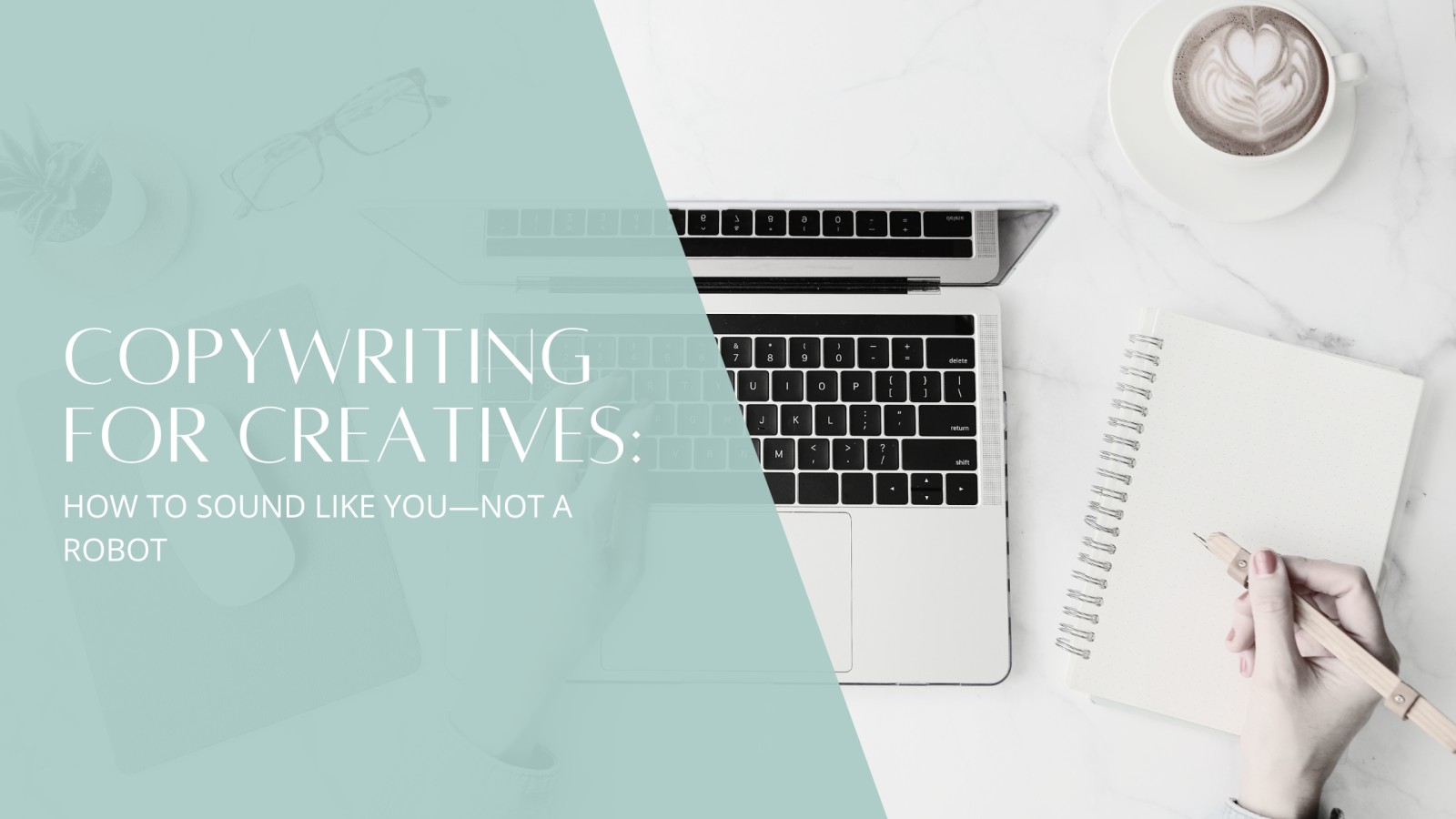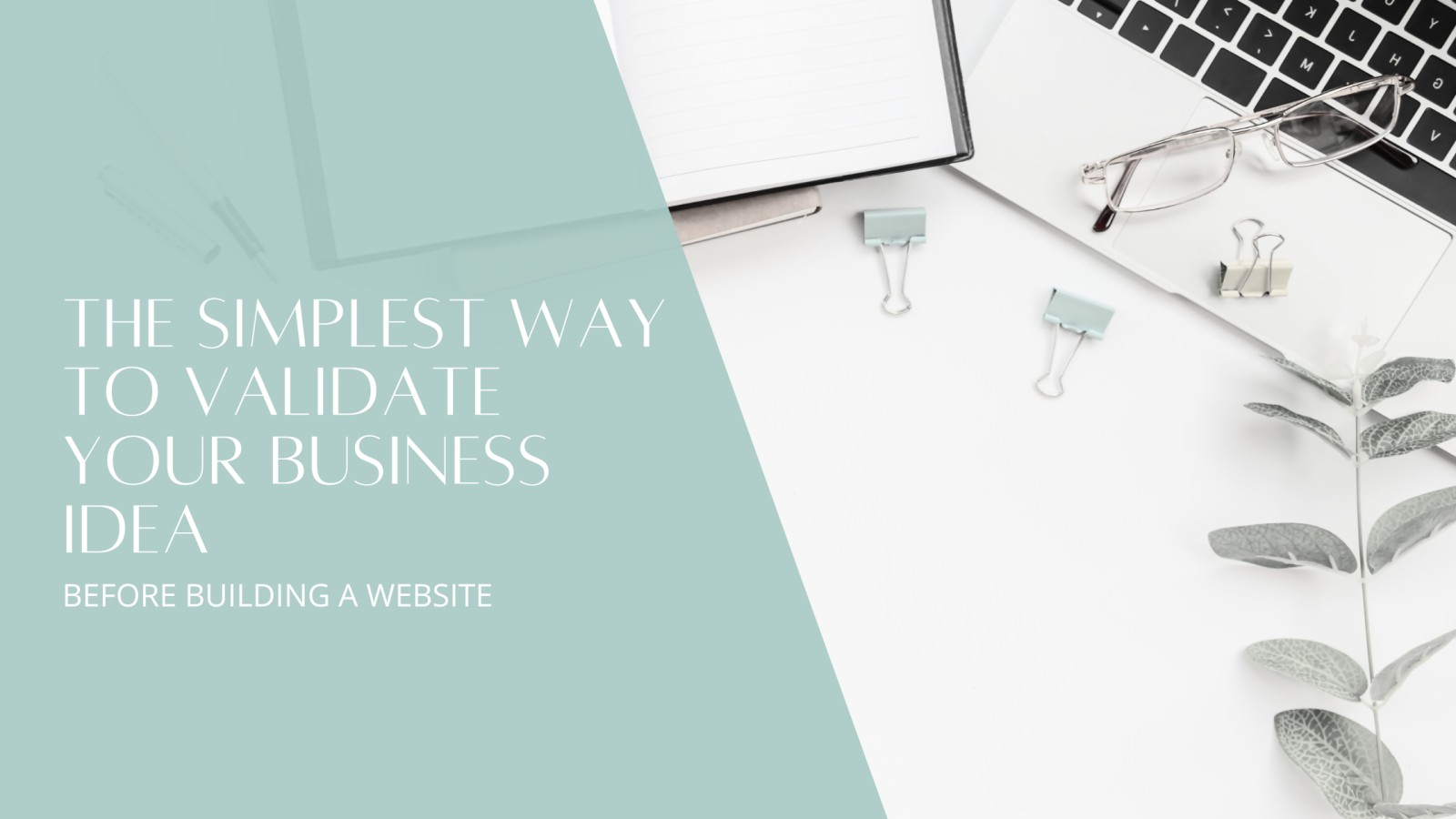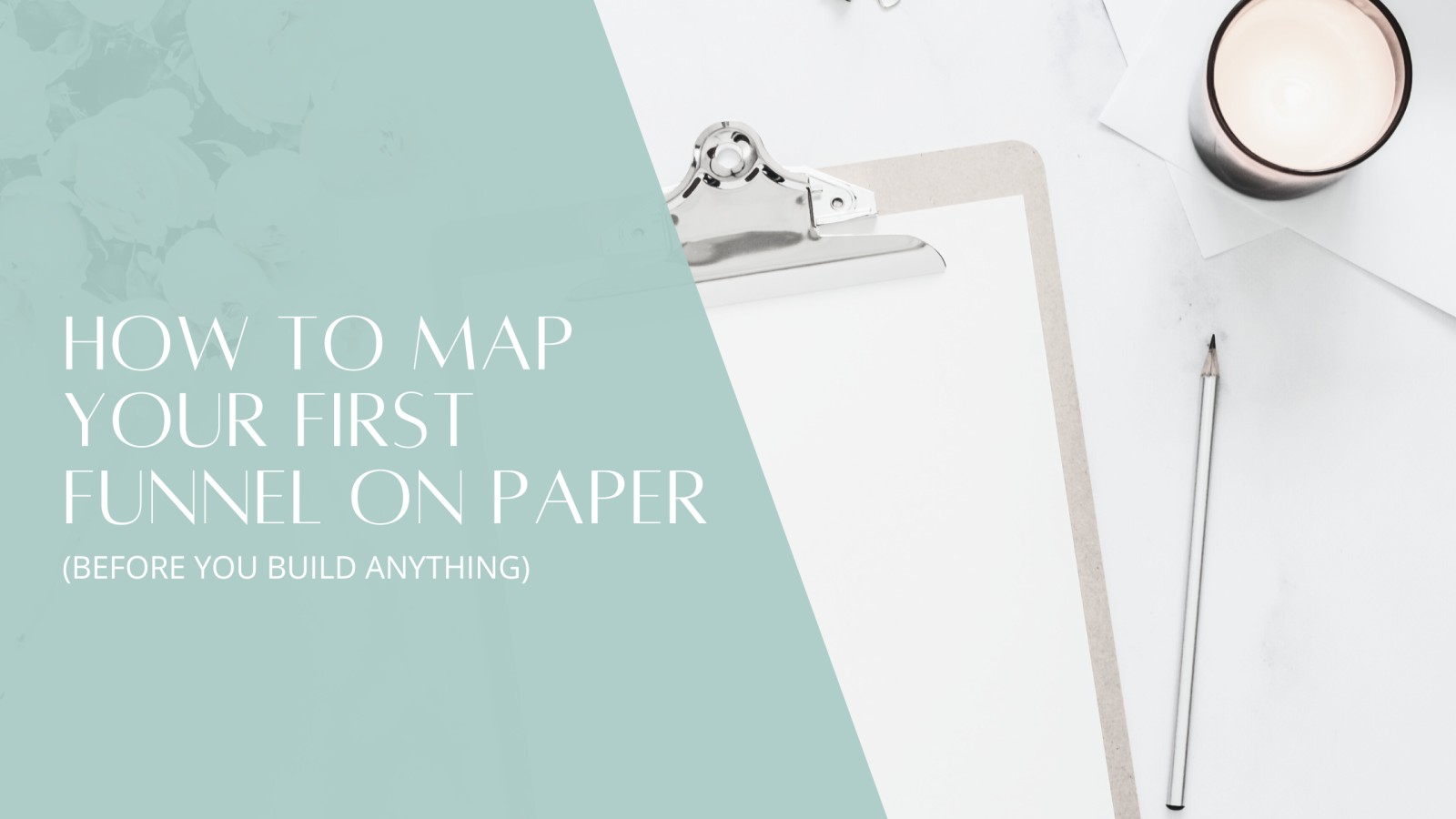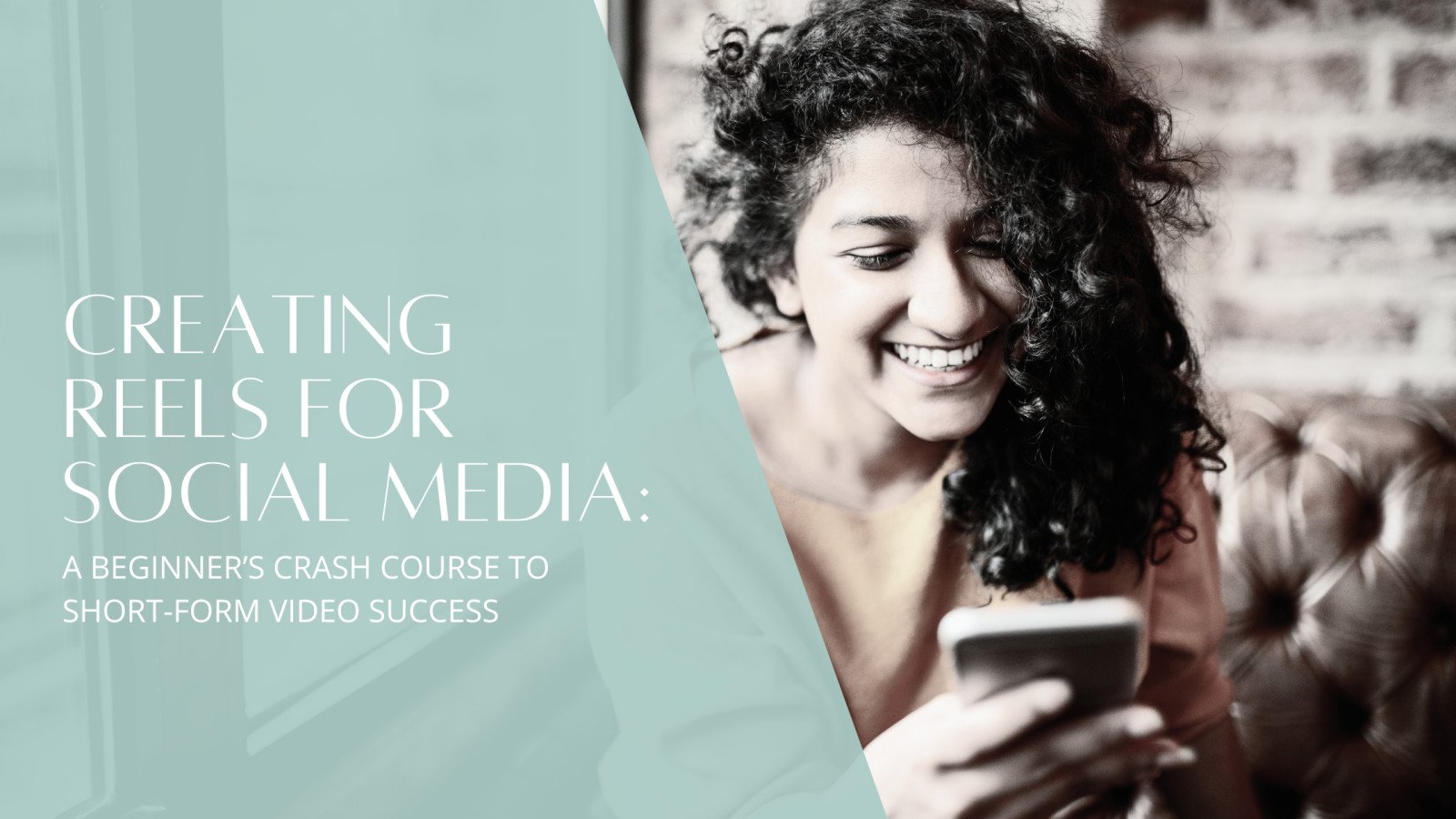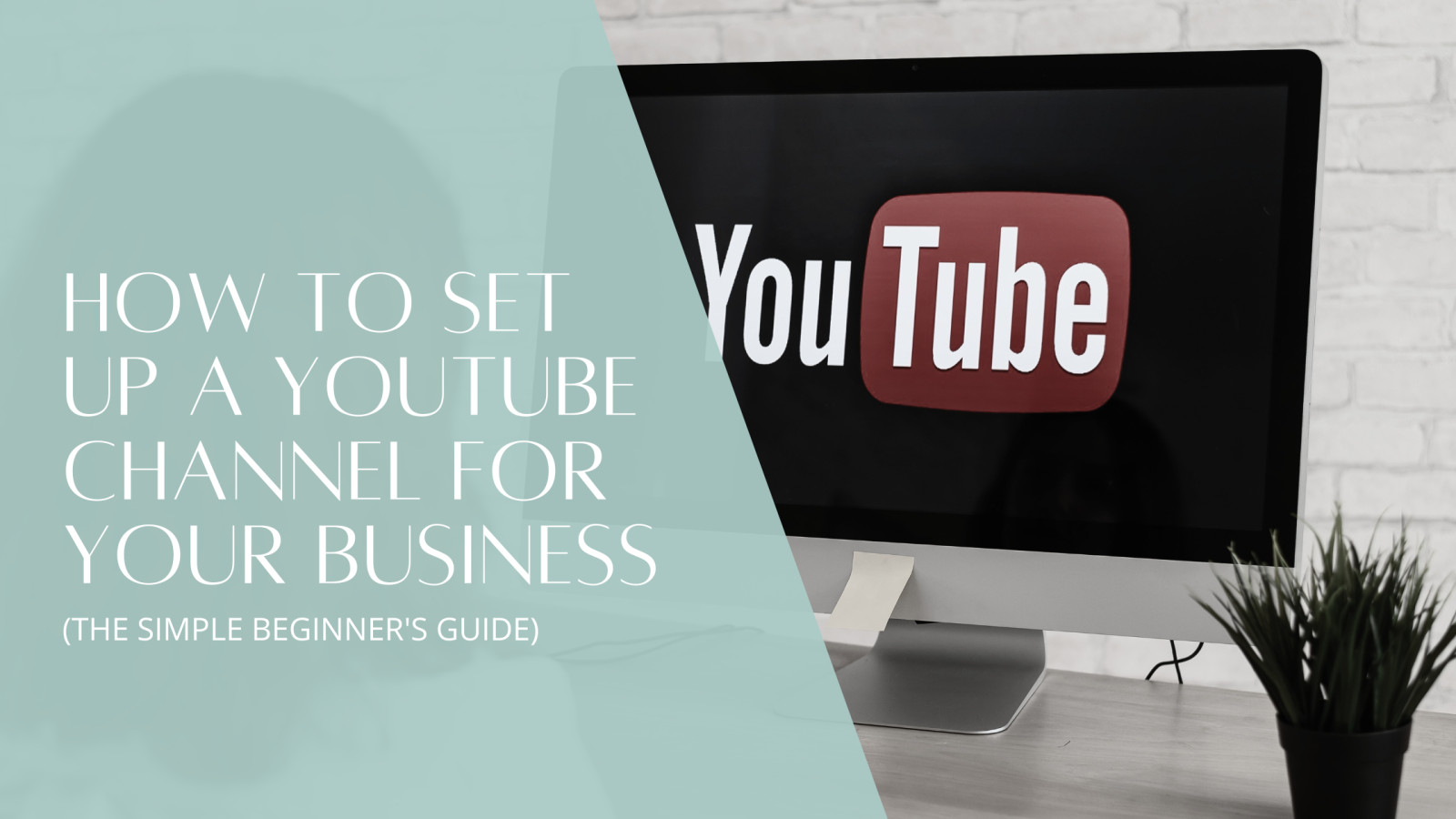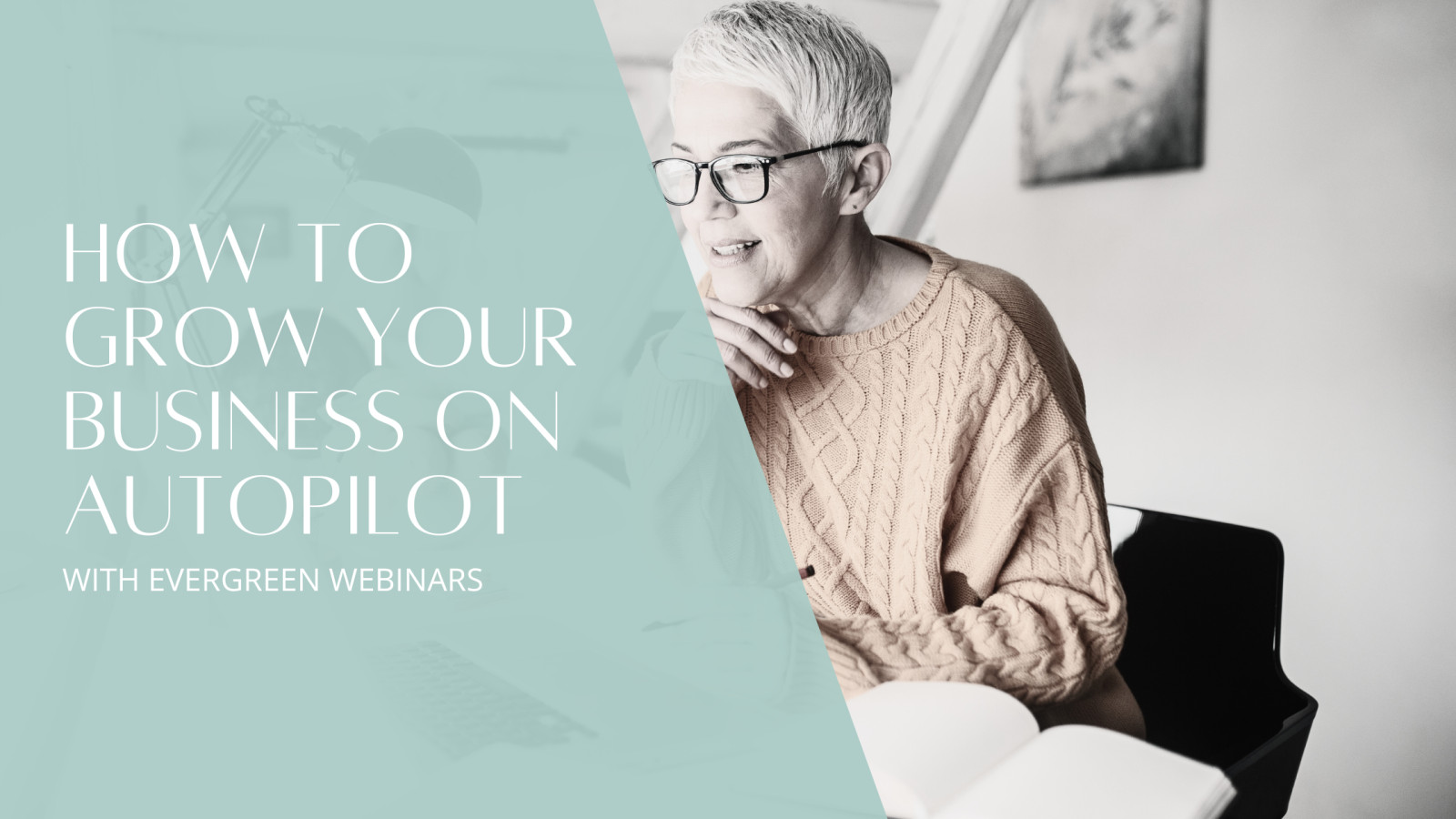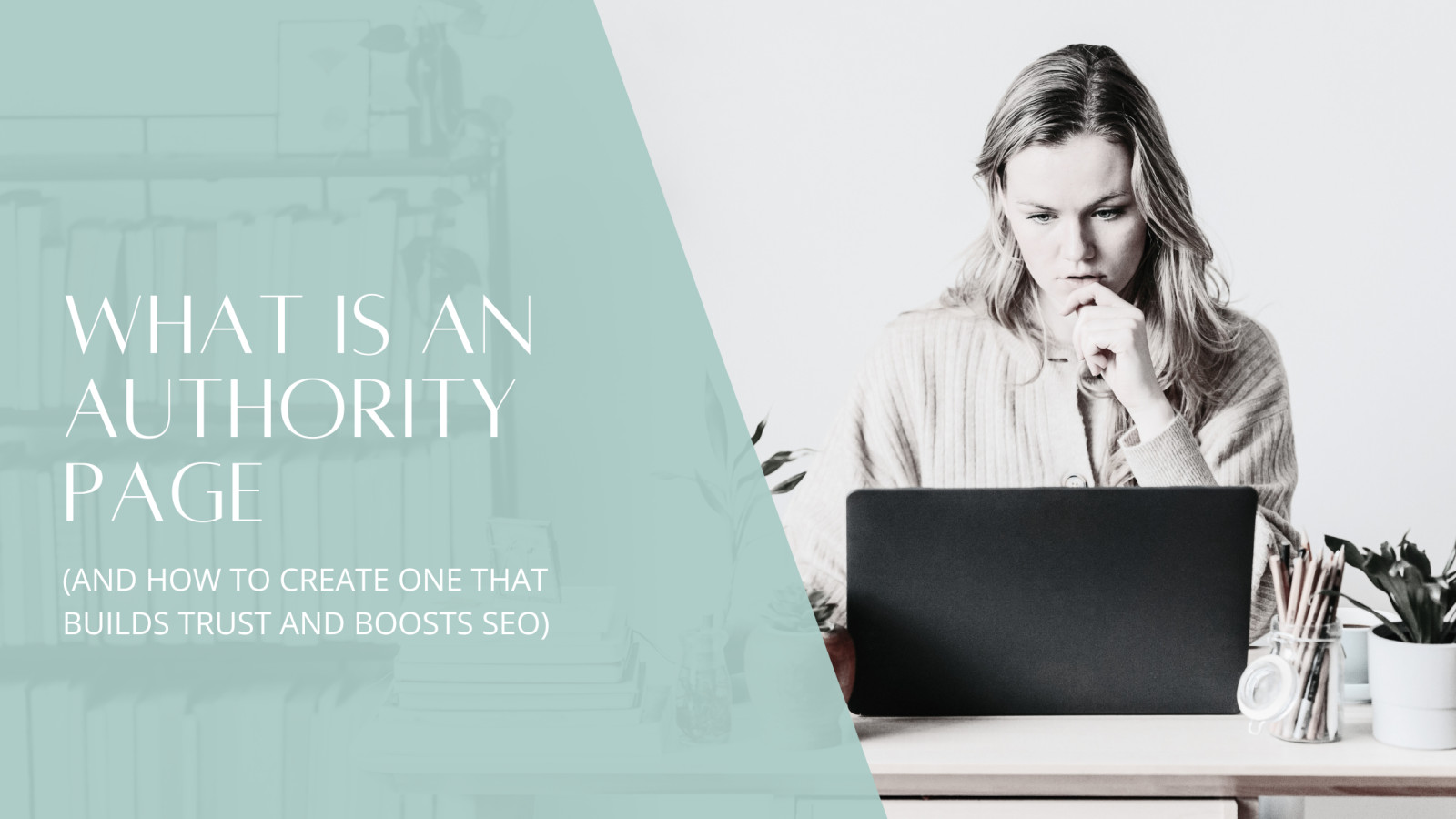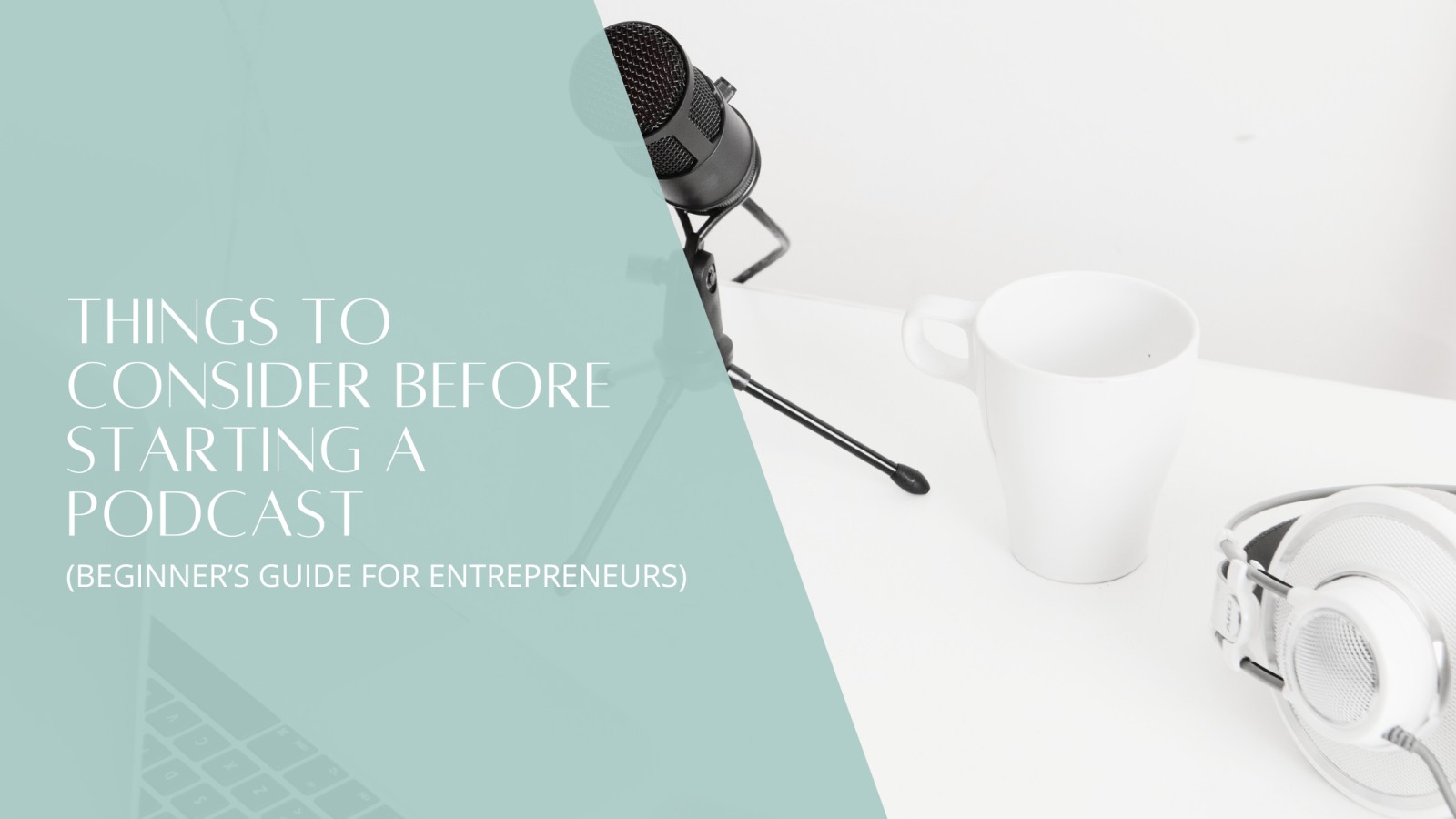
Unlock the potential of your business with the power of podcasting. This beginner’s guide breaks down the essentials for new entrepreneurs eager to dive into the podcasting world without getting overwhelmed by tech or complexity. Discover the fundamental questions you need to answer before hitting the record button, like defining your podcast's goal, curating engaging topics, and deciding on your commitment level. You'll learn that a fancy studio isn't necessary; just a quiet space, a good microphone, and basic recording software will suffice. Explore practical tips on editing, promotion, and staying consistent to foster a genuine connection with your audience. Whether you're ready to inspire or teach through your own audio show, this guide offers the encouraging steps to start your podcast journey confidently and simply.
Read more...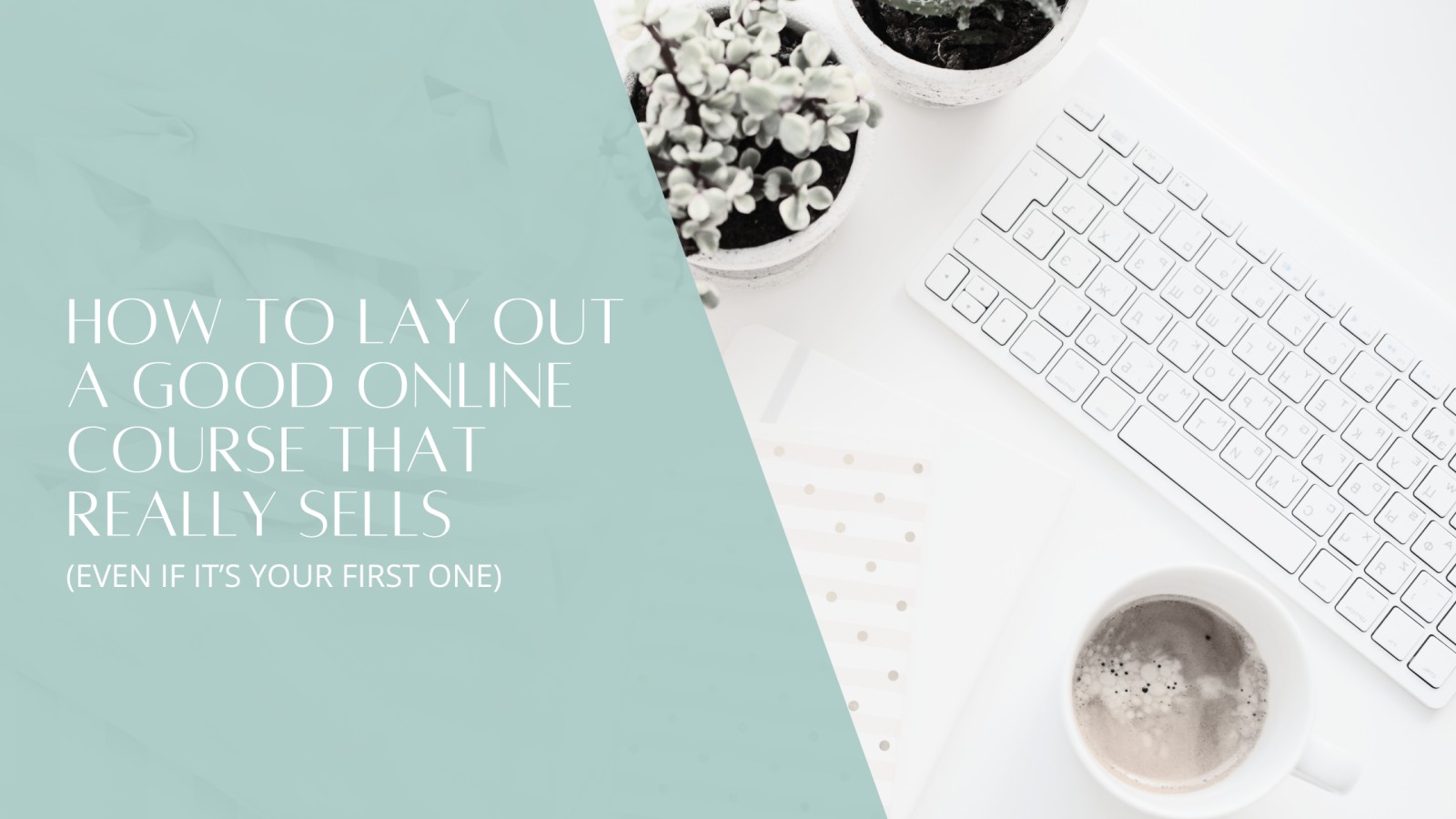
Unlock the potential of creating an impactful online course with this step-by-step guide designed for budding entrepreneurs eager to share their knowledge and generate income. Discover how a meticulously crafted course layout not only enhances the perceived value of your offerings but also ensures that students remain engaged and achieve tangible results. From defining a clear course promise to structuring modules and lessons that guide learners seamlessly toward their goals, the process becomes manageable and accessible, even for those less familiar with technology. Learn the art of creating concise, personable video lessons, adding supportive resources, and selecting user-friendly platforms to launch your course effortlessly. With practical tips on selling your course and a reminder that anyone with a passion for helping others has something valuable to teach, this guide will inspire you to take the leap and start your educational venture today.
Read more...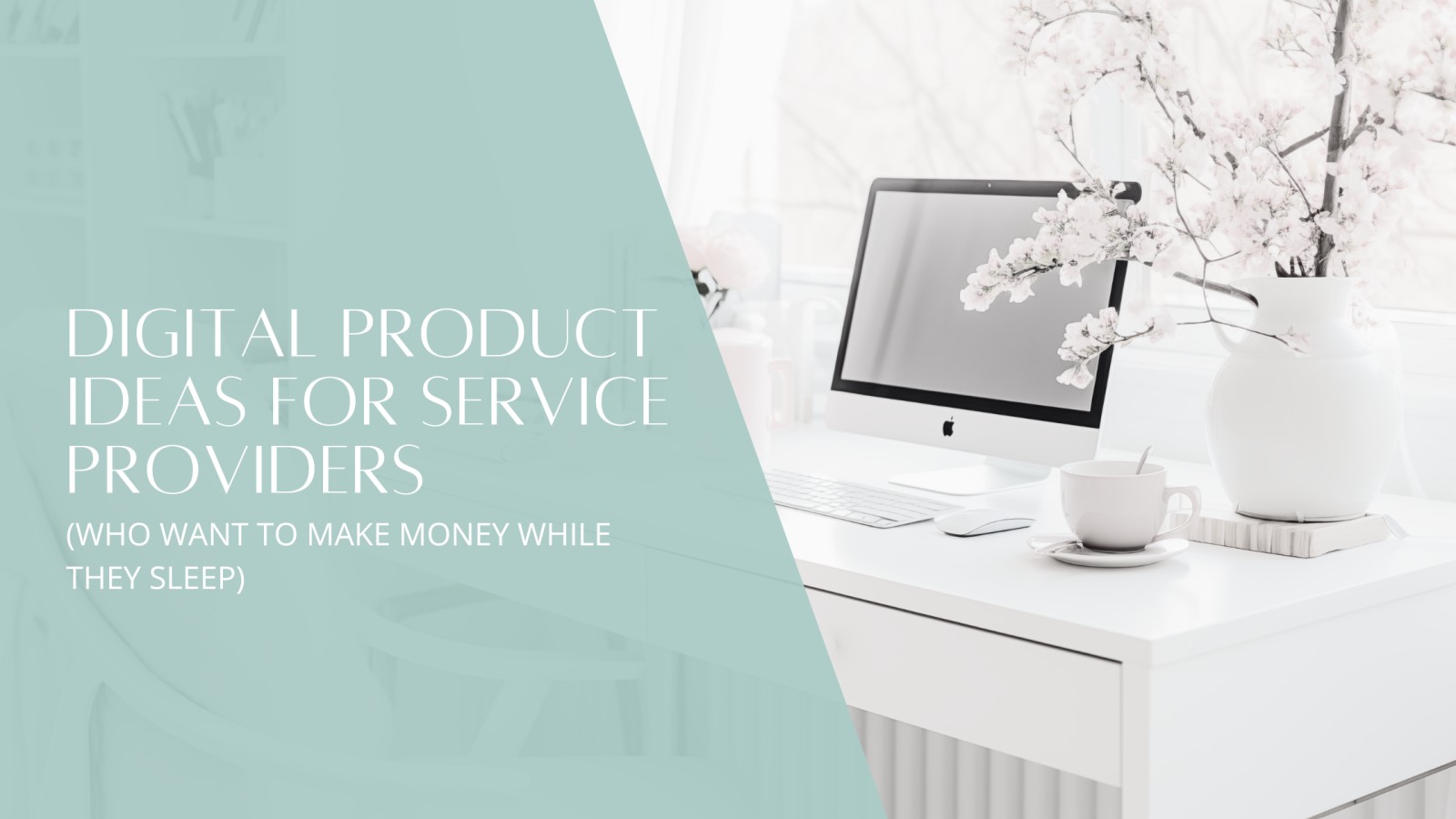
Unlock the potential of your service-based business by diving into the world of digital products, where passive income becomes an exciting reality. Imagine earning money even while you sleep, simply by creating a digital product once and allowing it to be purchased repeatedly. This beginner-friendly guide reveals everything you need to know about crafting digital products that transform common challenges into solutions, such as checklists, templates, and mini-courses. Discover the simple steps to generate ideas from your everyday skills and explore seven easy-to-create options. With tips on where and how to sell your creations without feeling pushy, this post equips you with everything you need to expand your business effortlessly. Jump in and experience how digital products can reduce your workload while growing your income and enhancing client relationships.
Read more...
Feeling daunted by your modest social media following and worried it might be hindering your business growth? Fear not, as success isn’t determined by numbers, but by genuine connections and effective communication. Even with just a handful of followers, discovering your niche, crafting genuine messages, and engaging with potential clients can turn those few eyes into real opportunities. In this insightful guide, learn how to leverage social media to craft messages that resonate, create authentic relationships, and offer value by presenting your services clearly. Whether you’re a budding entrepreneur or simply looking to refine your online presence, you can unlock new client possibilities with simple steps and real conversations. Dive in to understand the nuances of building a successful social media strategy, showing that even a small audience can lead to significant business growth.
Read more...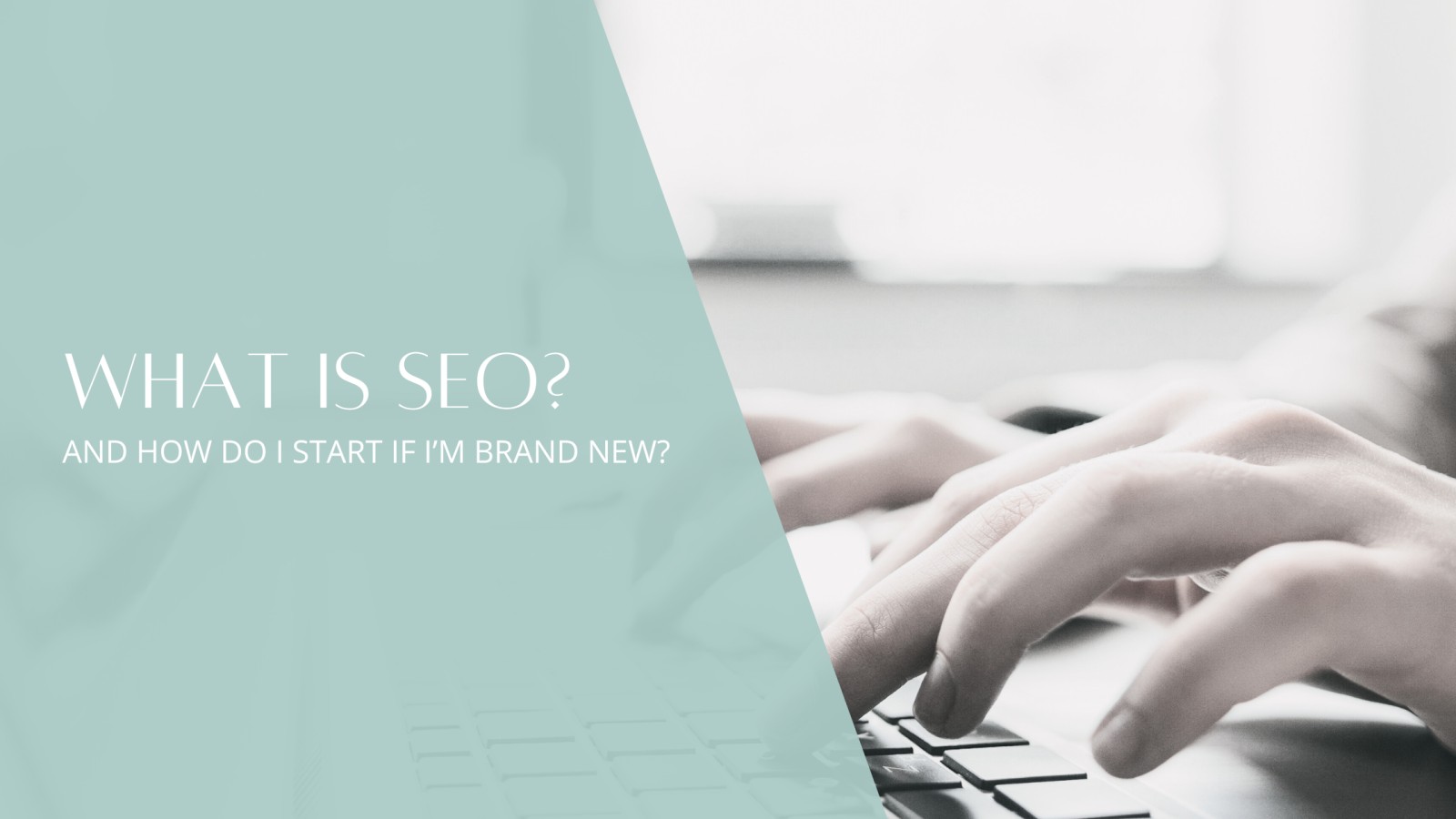
Dive into the transformative world of SEO and discover how it can be a game-changer for your budding business. Even if you're a beginner who feels overwhelmed by tech jargon, this blog post breaks down SEO (Search Engine Optimization) into manageable steps that anyone can grasp. Learn why SEO is essential for new entrepreneurs, enabling your website to be discovered without expensive ads and how it builds trust and saves money in the long run. Unlock the secrets to optimizing your content so it ranks higher on search engines like Google by exploring the magic of keywords, clear writing, and strategic linking. With practical tips and simple strategies, you’ll find that SEO isn’t a daunting tech task—it’s a vital tool to grow organically and reach the right audience. Whether you're starting from scratch or enhancing your online presence, tap into this essential guide to propel your business forward.
Read more...